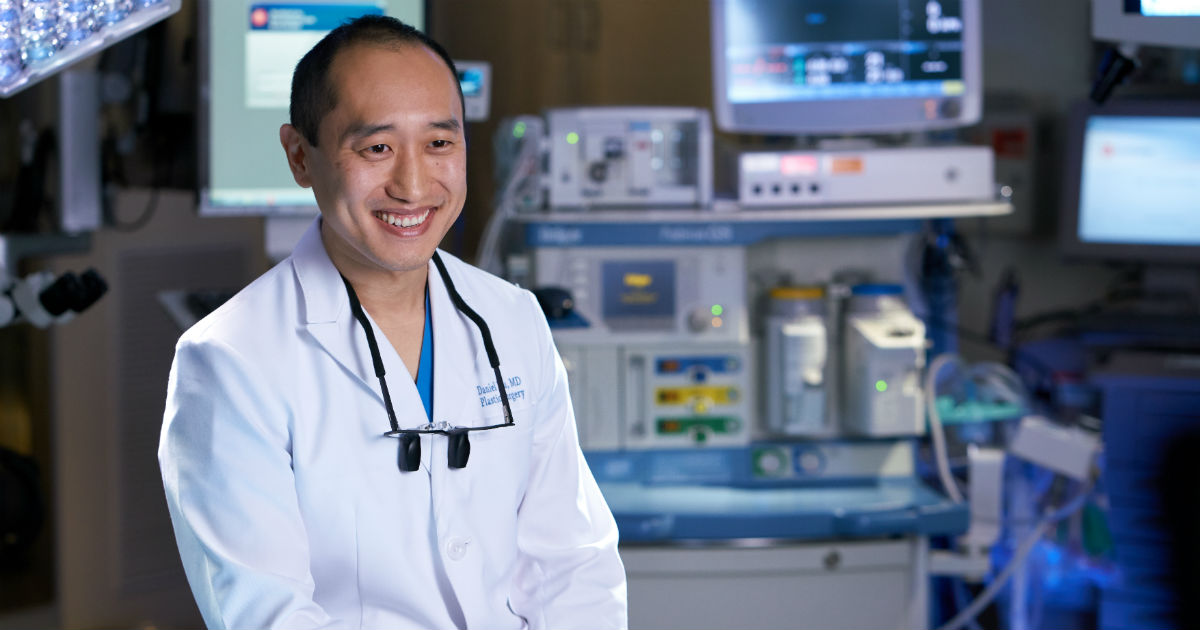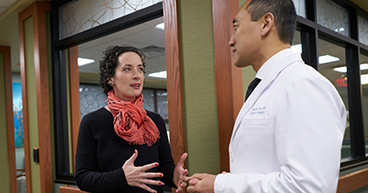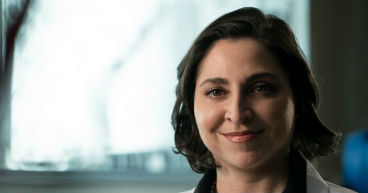
For more than a decade, the technology behind three-dimensional (3D) printing has exploded to create new markets for designers, engineers and the average consumer. Creating solid objects from a digital file occurs through what’s called an additive process, which builds layer upon layer to form a 3D printout. The technology has advanced to the point where a 3D home printer can now be purchased for the price of a desktop computer.
The $17 billion 3D printing industry can bring to life almost anything we imagine, from machine parts to clothing. Researchers are now applying this technology to advance medicine and surgery. 3D printers can tailor the design of prosthetics and implants to the patient, and create a customized printout from plastic and metal.
As a reconstructive plastic surgeon, I have been using this technology for years. For instance, 3D printing allows surgeons to easily create custom models of specific body parts to help us plan and rehearse complex procedures. For patients with head and neck cancer, we can use a personalized model of the patient’s jaw to plan the extent of cancer resection and design a bony replacement with every detail, down to the placement of drill holes and highly contoured titanium plates. Research is ongoing on ways to combine 3D printing with facial-recognition technology to help develop “patient-specific implants” for reconstructive surgery. We also use 3D printing to create customized prosthetic implants for most tissue types, from bone to parts of the heart.
Perhaps the most exciting area of growth in 3D printing lies in bioprinting. Instead of using hard materials like plastic, researchers are beginning to build tissue out of living cells. The ability to combine simple tissues to eventually create living organs will likely revolutionize the field of tissue engineering, as well as the field of plastic surgery. Patients will ultimately benefit from these advances.
As plastic surgeons, we transfer living tissue within the human body to repair defects our patients are born with or that they develop later in life due to cancer or trauma. The first successful kidney transplant was performed by a plastic surgeon in 1954. Since then, we have learned how to transplant almost any type of tissue, including tissue from the face and hand. However, all of these procedures require a donor, either from the patient’s own body or another person.
Finding a compatible donor is one of the greatest barriers for patients and surgeons alike. We can remove that barrier by using bioprinting to replicate the complex architecture of living tissue. With advances in bioprinting, the possibilities are endless to replace body parts that cannot function due to age or disease.
In my line of work, the most sophisticated form of breast reconstruction involves molding excess abdominal tissue into the shape of a breast and making sure this tissue survives on tiny blood vessels. My hope is that, one day, we will be able to build a breast with bioprinting technology.


